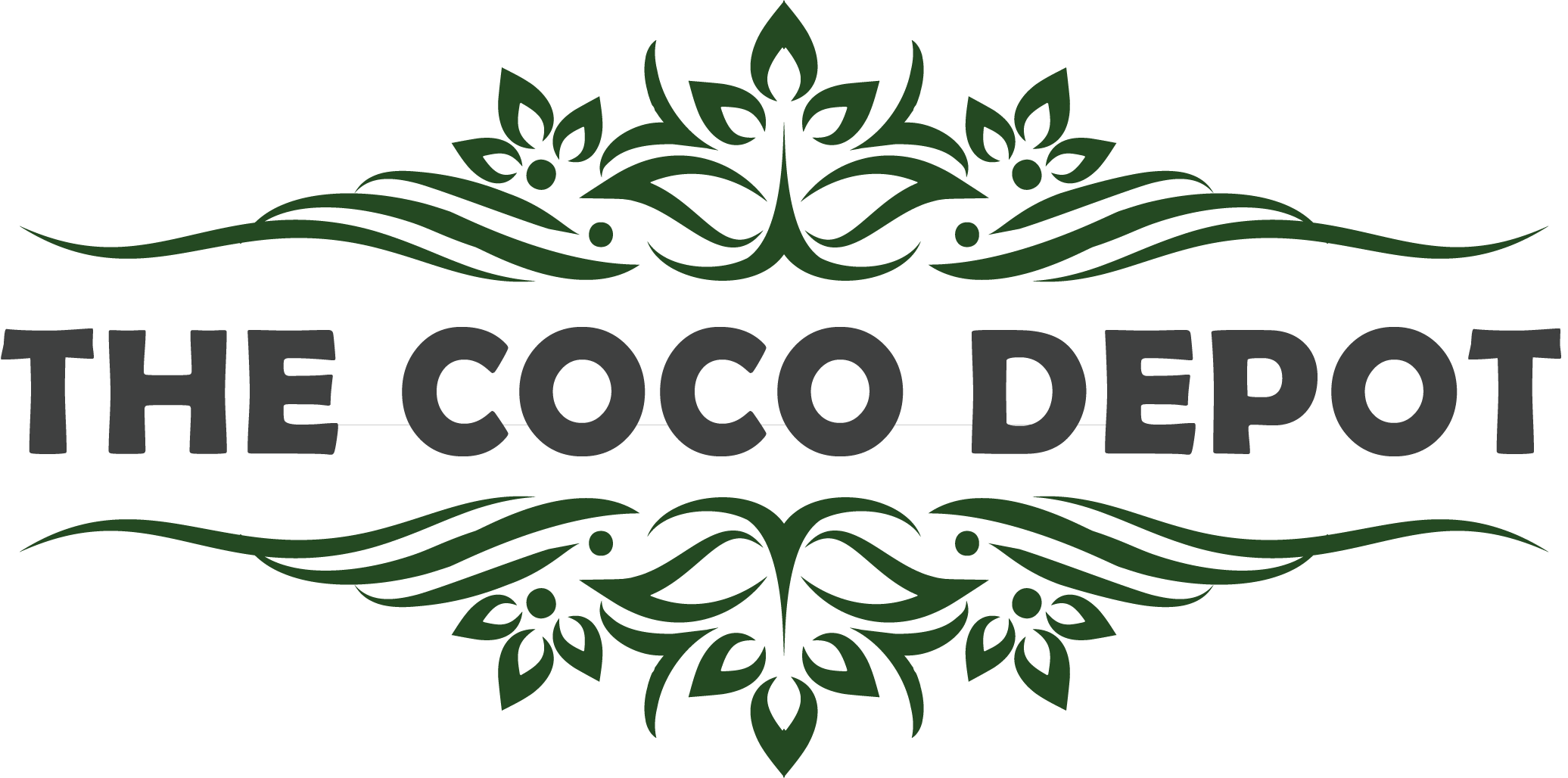Coco coir is one of the eco-friendliest growing media in the horticultural
industry, which is only one of the many benefits of utilizing it in your home
gardening. Although coco coir, also called coco peat, is becoming more and
more popular, not many people are aware of the precise factors that make it
superior to more conventional alternatives like peat moss. Since coco coir
doesn't decompose as quickly as peat moss, it may be reused, which is one of
the primary reasons for its increased demand. When it comes to taking care of
your plants, this will save you money, time, and trouble.
Getting rid of all potential pests inside your coco coir is important, as it’s not
going to be as effective as a plant growth medium if you fail to do so.
A sustainable approach to gardening
Coco peat can endure as long as you want it to if it is properly maintained.
You could, of course, use your coco peat just once and then buy a new bag
when you're finished, but if you're a gardener who cares about the
environment and wants to be very green, you can do that.
Made from the fibers of the common coconut, coco coir is an entirely
renewable resource. In contrast, peat moss has long been the go-to option for
gardeners in the UK, but a lack of sustainable production techniques is starting
to change this. Visit How to use coconut coir in gardening – The Coco Depot for detailed information.
The idea of reusing any products pops out due to the cost saving conscience or
relatively because of the urge to use familiar means.
In that case, furnishing of used Coco Coir stands first in line in the minds of all
growing expertise's. Even more, buying lesser coco coir implies lesser money
spent and lesser energy consumed for tripping grow ingredients.
One such worn-out Coco Coir, imparts a great deal of assortment at the times
of need.
Choosing coco to grow is not only a healthy choice, but reusing the coco is
simply another way of making an eco-conscious choice for a better planet.
That is to say, when coco coir dumped in landfills after use, does not
decompose rapidly, rather sits in there years round without composting;
burdening the fills, deplementing their remnant grow property.
The method of Recycle, Reset and Reuse, are the substantial way of
implementing a better use prospective for already used coir material.
Recycle
Transforming the used coir particles into reusable state is done in Recycle
Stage.
The first and the foremost thing is to carry the coir medium out of the
grow area for Drying. Spread out coir to dry, it probably takes weeks of
time to completely dehydrate.
Remove any excess plant matter from the previous crop. Fish out the
larger roots and stems leaving behind smaller roots which can be later
treated (with enzyme solution) into a beneficial supplement for future
root systems.
Wash the coco with distilled water to rinse away the dead roots and
residual salts that can block future nutrient absorption, and in
maintaining proper Electric Conductivity (EC) and pH.
Use a perforated strainer or screen with ⅛ inch of mesh to scoop out
coco from the wash basin. It is better said to wash outside, in the
garden/ backyard to rinse away the impure debris.
Reset
Resetting the coco coir into reusable, mainly involves replenishing the growing
ability such as Re-buffering and Enzyme treatment.
The surface of Coco coir is rich in cation exchange sites (high CEC- Cation
Exchange Capacity). Buffering is basically exposing cation exchange sites
to solutions containing highly concentrated Calcium and Magnesium.
Buffering the coir media will be previously done at the time of first use.
Now for the re-using purpose, buffering should be done again. To buffer
the coco, simply lower the fabric pot of coco into a bucket and then add
enough buffering solution to completely submerge cation exchange sites
with Cal/Mag. Cover it and let it sit for 8 hours.
After that, lift the fabric bag from the bucket and let the buffering
solution drain away.
In order to break down remnant root material from the previous crop, a
special enzyme formula is used. One such is Sensizym, that reconditions
coco coir, creating a healthy base for new crops.
Enzymes transforms the remnant roots into Carbohydrates (sugar),
beneficial microbes in the rhizosphere consume the sugars for energy.
Then, they create more enzymes, continuing the cycle and breaking
down dead organic matter..
By this time, buffered and enzyme treated coco is ready for reuse.
Reuse
Either used as a mixture for grow media or direct grow media, the used
coco coir comes in handy because of its deep aeration as well as
improves water retention.
The used coco is a very good amendment for outdoor flower beds,
gardens or any other area where the soil is compact.
While directly making use of ‘used’ coco coir into ’re-planting’, check out
for these things,
Check for Salt-content of the used coco with the help of 1:1.5 extraction
method. Only when the level in optimum, proceed.
Re-planting is simply transplanting plants from fresh substrate into used
coco along with root ball lumps.
Avoid using reused coco for new plants or seedling, and always tend to
use it for healthy thriving plants.
Use water with rich calcium, coir specific nutrients and good root
stimulator to create perfect growing media, and gain balance.
Carefully inspect for color changes in leaves caused due to lack of
nutrients and also check for air lumps obscuring flow of oxygen for plant
roots.
IN YOUR GARDEN, TRY COCO COIR
If you would like to learn more about any of the topics covered here, visit our
website The Coco Depot - Home of premium coco products to discover the advantages of utilizing premium coco peat briquettes in your gardening.

